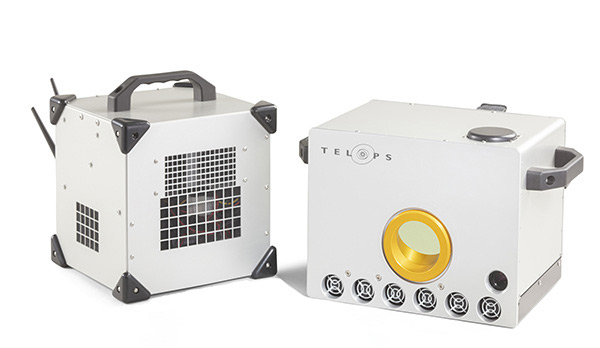 Hyperspectral Camera
Hyperspectral CameraThe Hyper-Cam Mini xLW from Telops Inc. is an advanced, compact, IR hyperspectral imaging system that combines high spatial, spectral, and temporal resolution for remote detection, identification,...
Vision Spectra Summer 2022 Issue